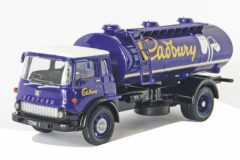London Ambulance Historic Collection visited
Posted by Chris Graham on 6th June 2022
Patrick Boniface discovers a wonderful range of historic vehicles at the London Ambulance Historic Collection, located unassumingly in a quiet Kent village.
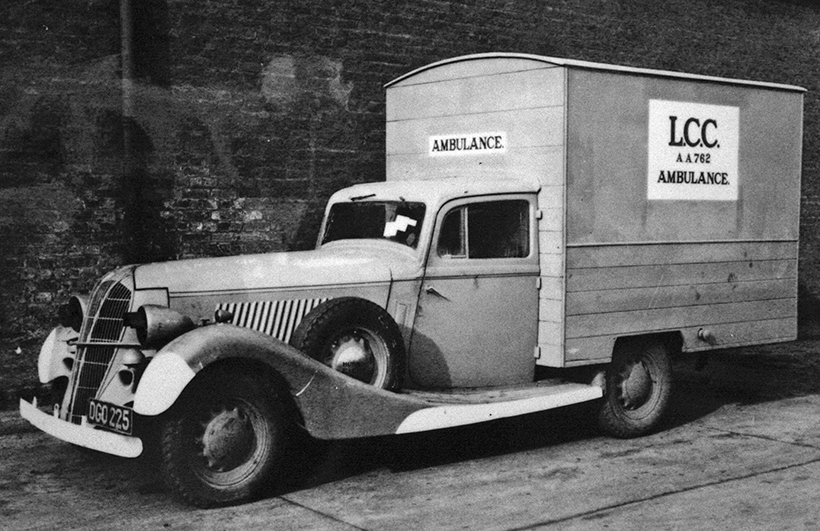
Andy Whatling, Head of Historic Collections for London Ambulance Services points out that the collection is unique. “Our vehicles are considered too small for commercial vehicles and too large for car clubs.” The 30 vehicles held in the collection, however, span the entirety of the ambulance service in London from the late 1880s when if you were to fall ill on the streets of the capital it fell to the Police, firefighters or even passing taxi cabs to carry you off on a fleet of wheeled stretchers called ‘litters’ to doctors or an infirmary for treatment of sorts. It wasn’t until the dawn of the 20th century that something more akin to what we expect to assist us in our most dire moments came into existence. The Metropolitan Asylums Board ran a fleet of just six ambulance stations at the hospitals at Deptford, Fulham, Hampstead, Homerton, Stockwell and Woolwich, from which virtually the whole of the capital was within a three mile radius of one of the stations.
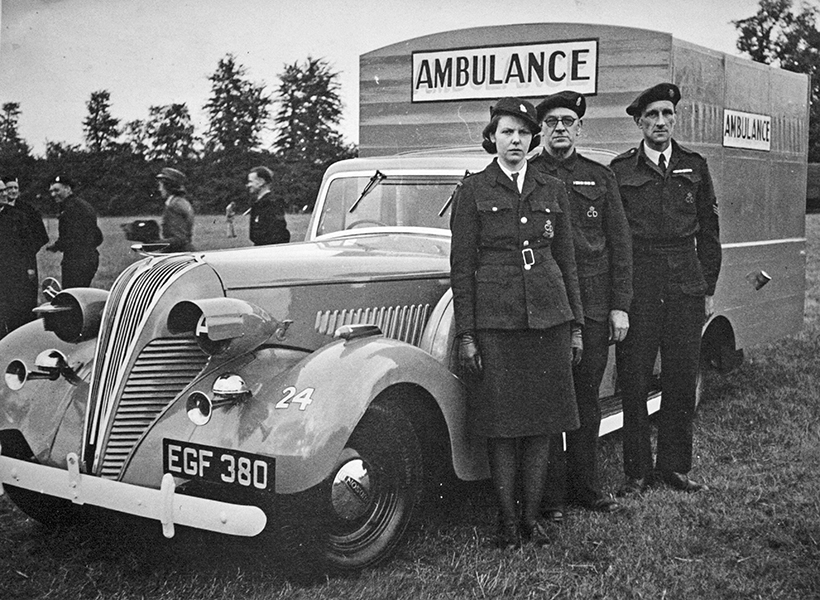
In those early days, the ambulances were horse-drawn but by 1904, the first petrol driven ambulance appeared on the streets of London which could whisk a single patient to seek treatment at a then speedy 15mph. Many of the ambulances would see service on the Western Front during the First World War. In 1930, the Government announced its intention to reorganise local government in England and Wales and one of the key proposals was to transfer the control and responsibility of providing an ambulance service to the county councils. On 1 April 1930, the London County Council duly took over control of providing ambulance services to the capital.
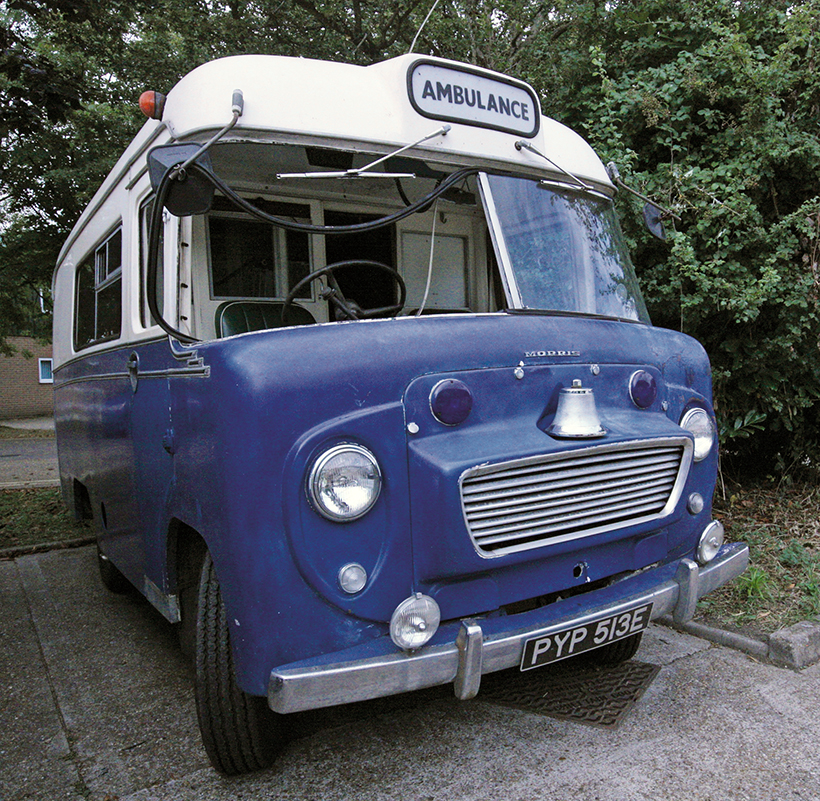
In Europe, war clouds started to grow and just before the outbreak of conflict an auxiliary ambulance service was established as part of the country’s civil defence service. When the blitz arrived in the summer of 1940, London Ambulances were rescuing people night and day and many of the services personnel paid the ultimate price for heroically doing their dangerous job. There were, of course, many characters and star personalities born out of the blitz, one of the best known being Ennis Smith, who aged 16 became the youngest ambulance driver. She survived the war and later joined the London Ambulance Service.

In 1948, with the creation of the National Health Service, for the first time in British history there was a requirement for ambulances to be available for all who needed them. Such was the rapid growth in numbers of vehicles that existing ambulance stations were too small and newer, modern stations were commissioned alongside a new Headquarters building for the London County Council’s ambulance service at Waterloo Road. In 1965, the first truly London wide service was created out of the existing nine services. The new organisation had a total of nearly 1,000 vehicles and 2,500 medics and drivers. Nine years later, the service was again re-organised with the London Ambulance Service being transferred to the control of South West Thames Regional Health Authority.
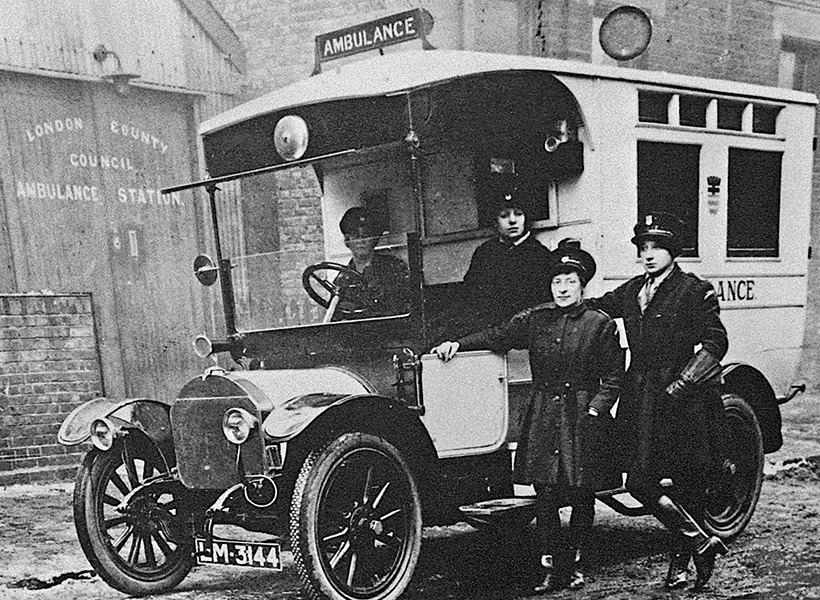
Andy Whatling continues, “We did have a museum until 2010 and when that closed it all went into storage so, nothing really happened over the following years until a couple of years ago I got a secondment to come and get it back to somewhere where we can have open days and use it to engage with the public, local community events and NHS hospital events and such like that. It’s surprising how many people want an ambulance as a wedding car. Mostly it’s paramedics but we have done one for a doctor who wanted something a little unusual, so hired one of our vehicles and used it as the bridal car.”
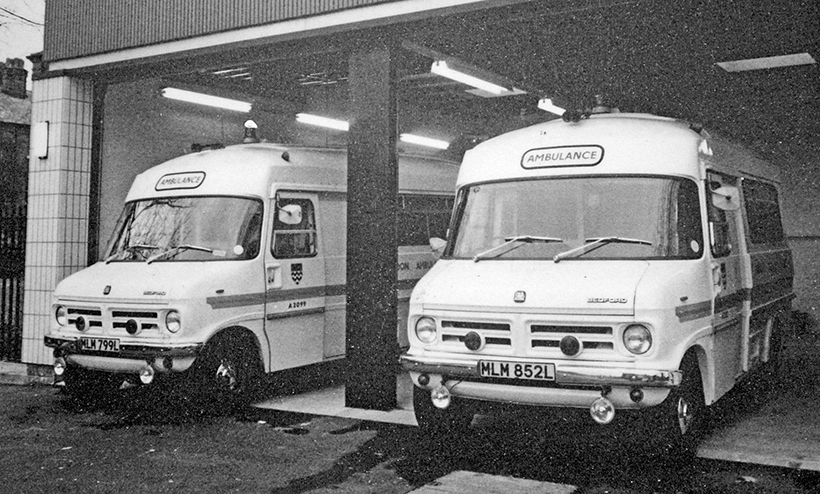
So, why is the collection of London Ambulances housed in a warehouse deep within the Kent countryside? “We used to have a contract for the Sevenoaks area and that was taken over by a private contractor a number of years ago and we stopped using the building for our patient transport and what was then stored all over the place we moved here to try and keep it all in one place. The oldest vehicle in the collection is a hand cart from 1880 which was used by the Police for transporting patients from the streets to hospitals or doctors after that we’ve got the 1890s which is the horse drawn, the oldest mechanical one we have here is a 1935 Talbot. The Talbot was stationed at Kennington and served throughout the whole of the Second World War and the Blitz. It’s the last surviving vehicle of its kind. Talbot owners club have recognised it as a vehicle of significant historical interest. It is also still fully kitted out with all its Second World War equipment.”
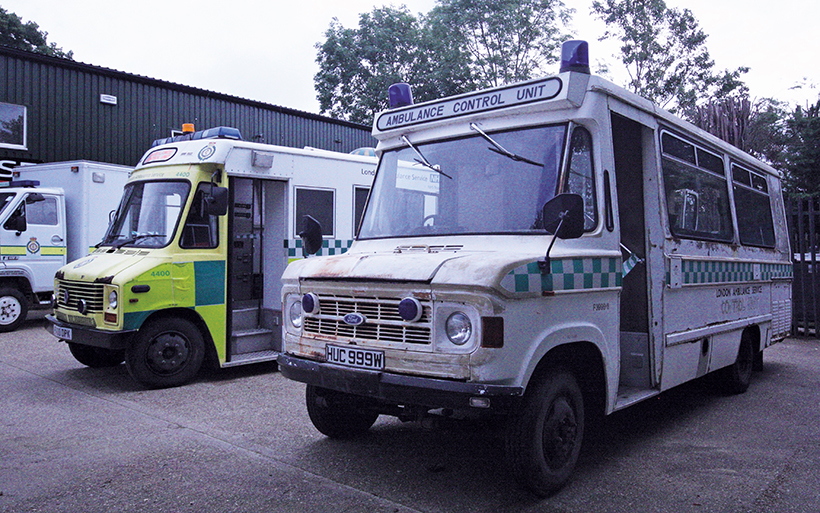
So, what is the future for the collection? “When we had the museum there was a downside to it, it was great to have a museum where the public could be shown around and tell them the story of the ambulance service in London, but the biggest problem we had was that a lot of the vehicles were parked outside which has, obviously, been detrimental to them so we’re now in the process of restoring them back as much as we can, but without fully restoring them. We try and keep them as they were in service, repair what needs to be repaired but it is a case of playing catch up. It is difficult on account of being a public service we can’t use public money – it wouldn’t be right to do so, we raise money through film work and other bits and bobs we do, and that money goes into restoring the vehicles one at a time, back to roadworthy condition. All the work is done by the volunteers.”

Unlike many other contemporary organisations, the London Ambulance Service continues to this day to always preserve at least one example of the vehicles it uses and vows to continue the tradition. It doesn’t hold vehicles as the collection also contains plans, documents, books, equipment, badges, medals and uniforms. Today, the collection is run and maintained largely by volunteers from within the London Ambulance Service, some of whom even used the vehicles and equipment when it was in service. The collection can provide not only a classic ambulance, but also an experienced member of staff in period dress, which creates a memorable attraction for any event.
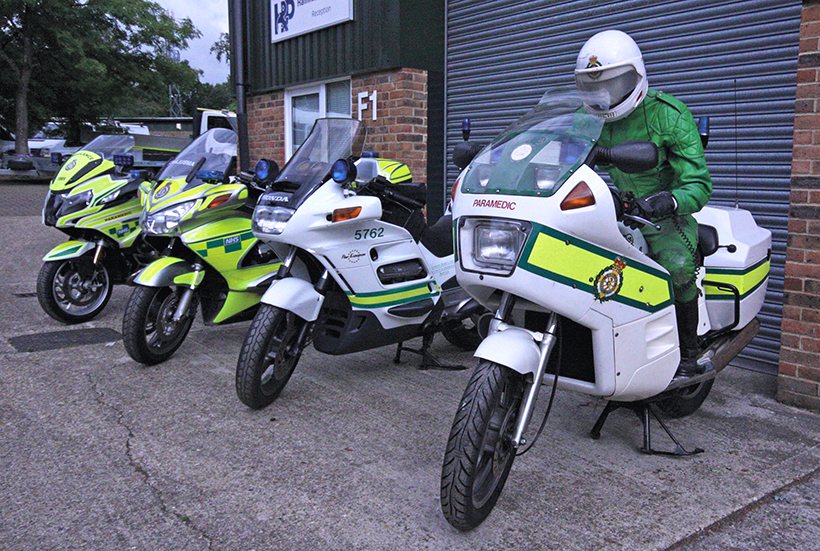
Vehicles, uniforms and medical equipment are available for hire to the film and television industries as well as weddings and other public engagements.




This article is from the latest issue of Old Glory magazine, and you can get a brilliant, money-saving subscription simply by clicking HERE




